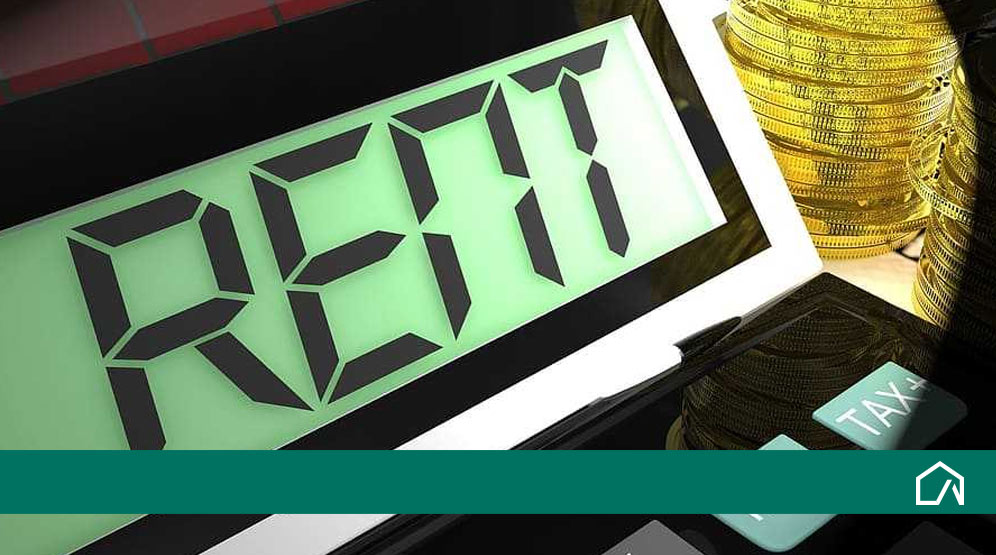If you are applying for the Section 8 Housing Voucher Program, you are probably wondering how the amount of your voucher will be calculated.
Your Section 8 voucher is determined first by the fair market rent in your local area. To determine this, HUD looks at the median rent for a 2 bedroom unit, and sets the fair market value between around 40-50% of that median value.
The local Public Housing Authority then takes this fair market value, and sets a local standard for their area for rent.
They factor in unit size and the average time it takes someone to actually find qualified section 8 housing. The housing authority may set their Section 8 rent value to 90-110% of the median area rent.
The payment amount to the landlord will then be split between the approved Section 8 Housing Voucher tenant family, and the program. The tenant will then have to pay, typically, up to 30% of their adjusted income, monthly, towards the rent amount.
The lower your income, the less you have to pay towards your Section 8 rent. Family size combined with income also plays a large role in determining your actual percentage contribution.
Can Section 8 help me pay for my utilities?
Section 8 does help cover certain utilities for people with very low or zero income with what they call a “utilities allowance”, but there are a few factors that determine if you are eligible. First, it’s important to note that master metered utilities or utilities metered for an entire building, aren’t eligible unless you contact the PHA and ask them if it’s possible for them to install a “checkmeter”.
A “checkmeter” is a secondary meter that can be installed to measure the use of utilities in your unit individually. Another thing to be aware of is that the PHA won’t cover excessive or wasteful utility bills, which means that if your utility bill is more than your utilities allowance you will have to cover it out of your own pocket.
If you qualify, the PHA will either send you a check of your monthly utilities allowance or pay the utility companies directly. It’s important to note that Section 8 doesn’t cover bills such as cable television, telephones or internet service because they’re considered amenities. The utilities covered by Section 8 are the following:
• Electricity
• Sewer
• Gas
• Rental of a kitchen range, microwave and refrigerator
• Water
• Trash collection
• Heating fuel
If you or someone in your household has special needs because they’re disabled, you may qualify for a higher utilities allowance to cover additional expenses due to the use of medical equipment such as an oxygen concentrator.
You can check if you’re currently receiving a utilities allowance or verify the amount you receive by checking if it’s stated on your lease, requesting your utility allowance amount from your landlord or PHA or even by checking the income recertification paperwork you file each year. Check it out and make sure you’re receiving all the help you can!
What Is a Section 8 Waitlist?
You have applied for the Section 8 Housing Voucher Program for your family, and have been approved, but now you are told there is a waitlist. Or Perhaps you inquired about the waitlist during the approval process – what does this mean?
The Section 8 application itself can take months from the point of submittal to be reviewed.
Upon approval for the Section 8 program, the applicant will receive notification of placement on a waitlist. It depends on the local area what this actually means in terms of waiting time.
It is all about supply and demand of affordable housing. In some areas the waitlist once approved for Section 8, can be years.
The best thing to do, is once notification is received that you were approved and put on the Section 8 waitlist, is to contact your local public housing authority. Ask them how long the wait it, and then stay on top of it. Add reminders for yourself to call them or email them for any updates on the waitlist.
In the interim, find out about other government programs to help your family. There are cash assistance programs that may be used towards housing, or food programs that could alleviate some financial strain to free up more funds for housing until you are at the top of the Section 8 waitlist.
Another thing to remember is that once you are on top of that waitlist, there is one more step – the final interview.
Once your name is at the top of the Section 8 waitlist, and it is, essentially, your turn, the housing authority will want to interview you about your application. Do not miss this interview, or you will be removed from the list, and disqualified from Section 8.
This is another reason it is so important to stay on top of your placement on the waitlist.


